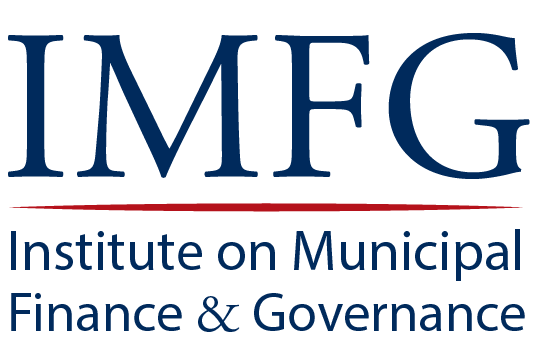You Get What You Pay For: How Nordic Cities Are Financed
The Nordic countries are small, unitary, and have largely homogeneous populations. Municipalities are the most important agents in the decentralized public sector and the middle tier (the county level) is losing importance. The expenditure of Nordic local authorities exceeds that in Canada by 10 percent of GDP. The difference represents the effect of local income taxes. Large local expenditures are for kindergartens, primary schools, social welfare, care for the elderly, and culture. These welfare functions are not, however, local public goods; local governments serve mostly as agents for the delivery of national public services. This situation creates complicated problems of control. Amalgamations in several Nordic countries have been carried out to improve the capacity of local authorities to deliver services. Other approaches include joint production and contracting out. The local income tax is a big revenue-raiser, but has some undesirable side effects. Some Nordic countries have a company tax, but this tax raises questions of accountability and fairness, and has been phased out in several places. Nordic countries use methods of tax base equalization which transfer contributions from wealthy jurisdictions to poorer ones. Equalization also involves complicated efforts to deal with the special expenditure needs of cities.
